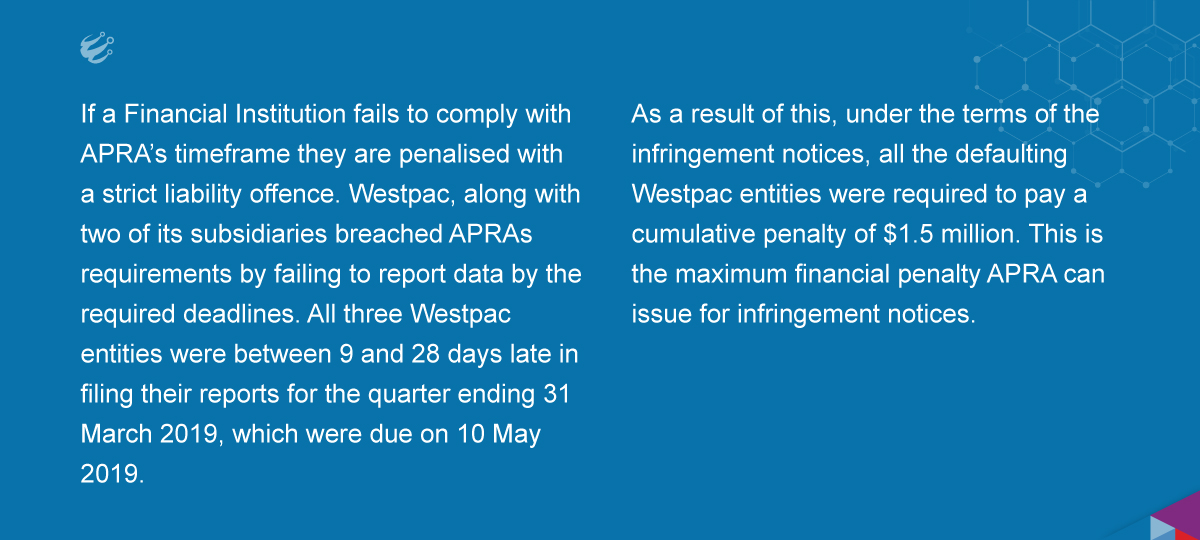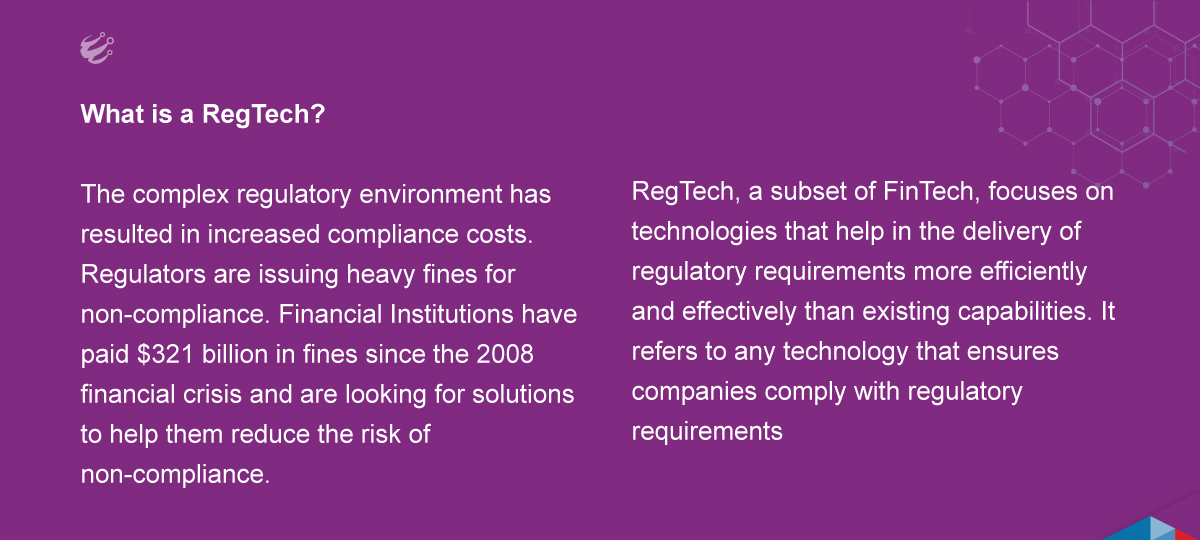Unlocking The Potential Of Regulatory Reporting In Australia (APRA) Through Digitisation
What is Regulatory reporting?
Regulatory reporting is the submission of information and data to the regulatory authority of the country to demonstrate compliance with necessary regulatory provisions. In simpler terms, it is a process that businesses and individuals must continually go through to show they are following all the rules set up by the authorities.
APRA and its significance:
The Australian Prudential Regulation Authority (APRA) is a statutory authority of the Australian Government and Australia’s financial system’s prudential regulator. It is responsible for protecting the interests of depositors, insurance policyholders and superannuation fund members. It does this by using a broad range of tools like licensing and providing regulatory insight of financial companies.
APRA’s regulatory scope extends to banks, credit unions, building societies, friendly societies, general insurance, health insurance, reinsurance, and life insurance companies, and members of the superannuation industry. The size of Assets under management (AUM) regulated by APRA for Superannuation is 1.9 trillion AUD. Also, there are 138 Registered Authorised Deposit-taking institutions (ADI) regulated by APRA.
APRA’s responsibility:
APRA’s primary mandate is to ensure that APRA-regulated entities have sufficient financial means to meet their obligations to customers. They ensure that:
- The deposit by the public stays safe
- Insurers have sufficient funds to pay claims
- Management of money by superannuation trustees is done properly
APRA does this by focusing as much as possible on preventing harm before it occurs, and by taking pre-emptive action when problems are identified. The body also supervises the overall risk in the financial system to prevent an economic collapse also known as Systemic Risk.
Institutional Compliance with APRA
Banks and Financial institutions are required to submit reports to APRA in a specified format, which helps the regulatory body in identifying the systematic risk with Individual entities. APRA requires timely and accurate report submissions from the banks so that they can keep an eye on all the transactions and identify suspicious transactions to take proper measures without any delay.
Challenges faced by Institutions during compliance
For submitting the reports, banks first need to collate data from multiple sources, store it in a single repository in a specified format and accurately filter information required by the regulators. Moreover, banks need to cross-check these reports to make sure that the data is accurate and thoroughly verified before submission. For this, banks use a comprehensive advanced solution which is costly. In addition to that, if the process gets done manually, it takes a lot of resources and time.
Also, banks must have a Straight-Through Processing (STP) system which means that if the data is valid, it is reported automatically. On the other hand, if the data is invalid, manual intervention is required. This warrants proper integration between bank processes and reporting platforms for accurate reporting.

Key Regulatory Reporting Challenges identified during APRA Compliance
- Report creation requires banks to spend time and resource: Analysing data and information needs of regulatory authorities with ordered schedules and templates can be a time-consuming and challenging process. Banks utilize their Data Analysts for the task, but it can be simplified further using automated technology.
- Banks input data manually due to a lack of automation: Interpretation of regulatory reporting guidelines is a very domain-intensive task for financial institutions because of its time-consuming nature.
Even with advancements in IT and application technology, most financial institutions still have some of the data going into the final reports via manual intervention due to limitations of the business processes. Most of the non-automated tactical feeds are adjustment figures and a multitude of third-party systems needs to be referenced for reconciliation. Though over the years the controls established on these processes have matured, these non-automated feeds are still prevalent and are an extremely time-consuming process. - Audit Trail of Information captured becomes complex: Maintaining an audit trail of all the transactions reported on the regulatory report is also an important need for financial institutions. This becomes a difficult task when the reports have been generated manually by the resources of the Bank and a derivation process starts to trail any data point.
- Banks lack processes to detect variances in their reports: Variance analysis is an important process of Regulatory reporting to ensure that there are no major variances in reporting from one submission to another. And even if there are variations, FIs are aware and can attribute it to a known business factor. Even though the process of analysis is not very time-consuming, it needs to be very diligent with little or no scope for errors.
Business users in regulatory reporting teams are required to create a management summary report both for review by the Internal Management team and for review by the Regulators. And depending on the sensitivity of the data, a public, private or hybrid cloud can be used for hosting the regulatory reporting infrastructure.
The objectives should not only be to reduce cost of compliance but also to assure that the regulatory transformation is aligned with the enterprise business strategy and is making the regulatory infrastructure capable enough to respond to any ad hoc regulatory tasks. This will future-proof the business greatly.

How Digitalisation using RegTech is solving these problems:
- Creation of reports with minimal error: Reg-tech helps in conducting a proper assessment of all the risk factors associated with the transactions and highlights the risky transactions. They are powered by AI and machine learning which helps in reducing false alerts and improve the efficiency and effectiveness of the system.
- Faster report generation: RegTech is very dynamic and helps in changing the compliance effort to help in real-time analysis of the data for FIs. Advanced data analytics helps in analysing various ways such as scenario analysis, regulatory ecosystem analysis, and real-time user engagement analysis across the globe and thereby, helping firms to proactively identify risks, issues and opportunities.
- Reliable audit trails: RegTech allows us to audit all data points and where they are derived from. It helps in providing visibility into the information, creating a system to accurately review the stored information and secure authorized access to it.
- Staying compliant with dynamic regulatory changes: RegTech helps in monitoring the current state of compliance against upcoming regulations, as well as real-time compliance. This allows companies to change processes in line with future regulations. It provides fast and automated compliant solutions to easily comply with present and future standards.
Going Forward
This is a research report focused on RegTechs application concerning compliance with APRA. We invite financial experts across Australia to join us in writing this paper and create a better understanding of regulatory reporting and how it can be digitized. We are open to discussing to discuss how digitisation can help in automation and removing bottlenecks from the compliance process.
Author: Sohum Rao, Business Analyst – Regulatory Reporting, Profinch Solutions
